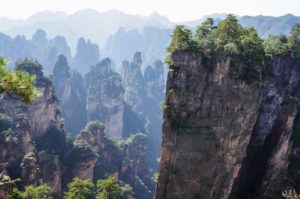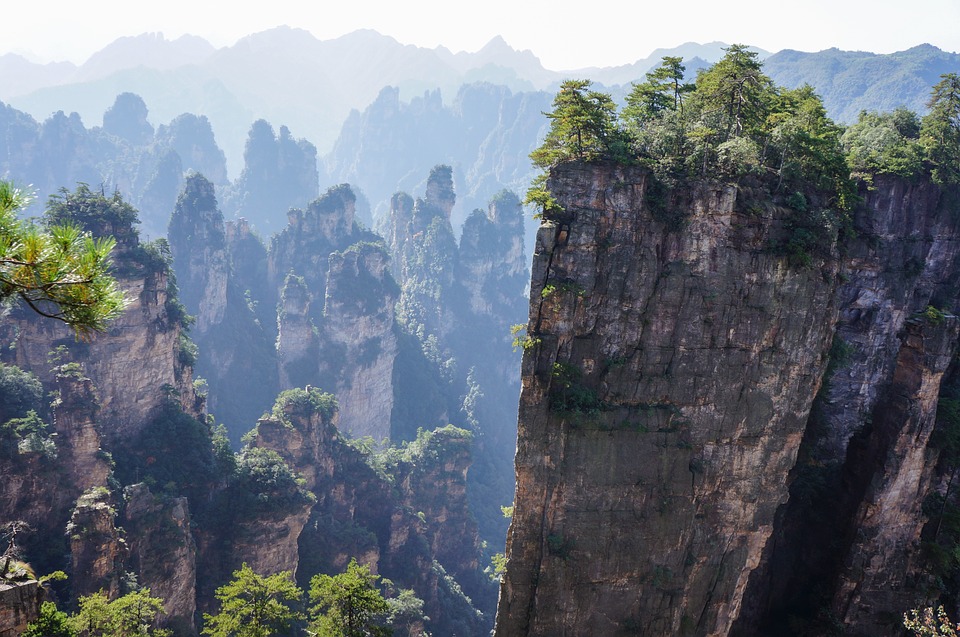In October, President Xi Jinping announced the formal establishment of a network of five national parks, covering a total of 230,000 square kilometers (88,800 square miles) and containing nearly 30% of the country’s key terrestrial wildlife species.

China, this year’s host for the United Nations biodiversity conference, has vowed to use the new system to fix loopholes in its conservation work. Once completed, it will be the world’s largest national park system, replacing a complex and unwieldy structure of preserved areas and regional reserves that critics say gave little real protection from logging, illegal development or resource extraction.
China first launched a plan to create a unified national park system in 2015. Covering 18% of the world’s second-largest country by land area, it brought the reserves under centralized control and has the potential to encourage more investment into the biodiversity protection.
Its large potential human resource gives China an advantage few other national park systems enjoy. China has 1.7 million rangers across all its forests and parks. The U.S. National Park Service has the equivalent of 22,000 full-time employees, including fewer than 1,800 law-enforcement rangers, to cover an area almost as large as China’s five new national parks.
According to phys















